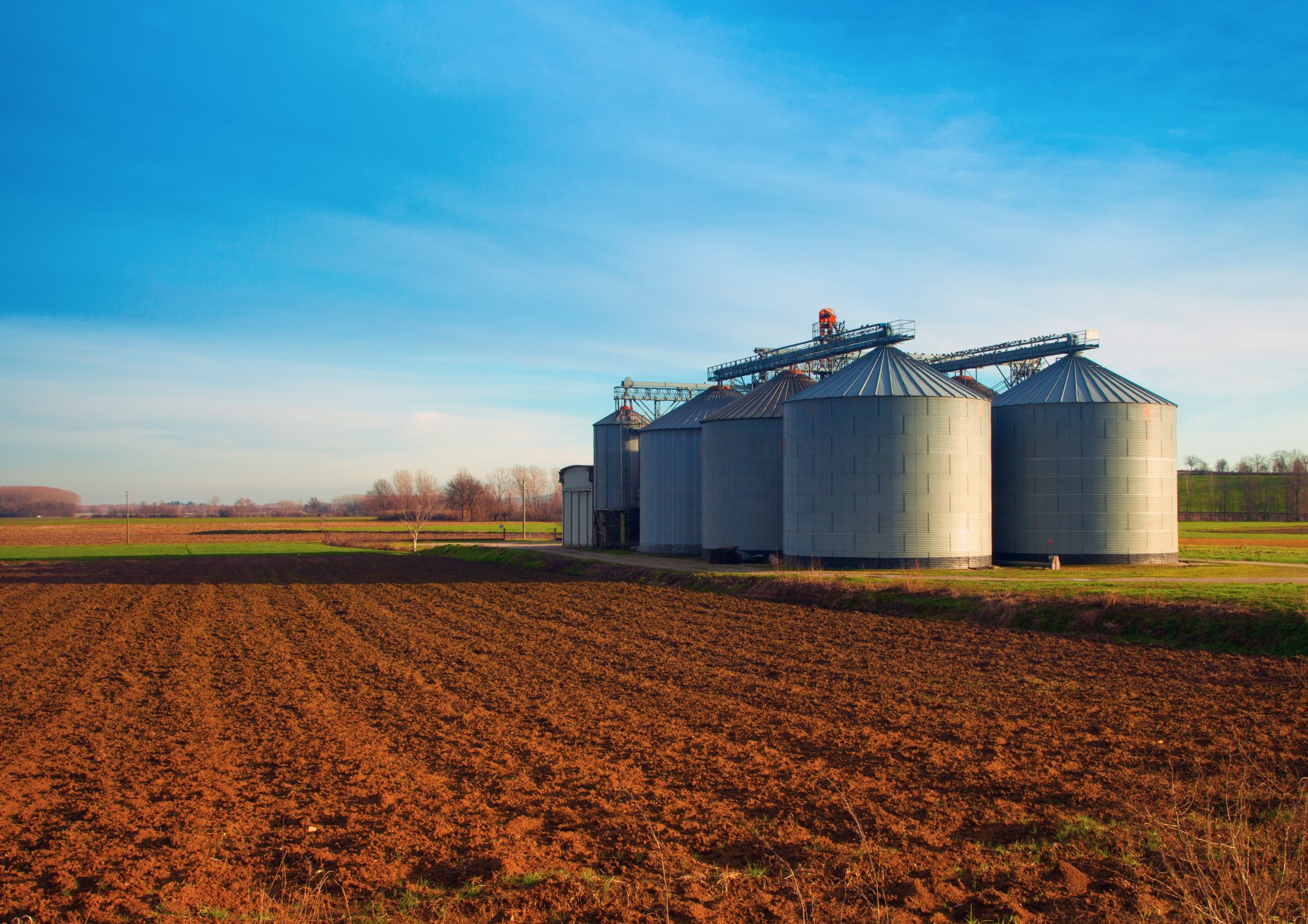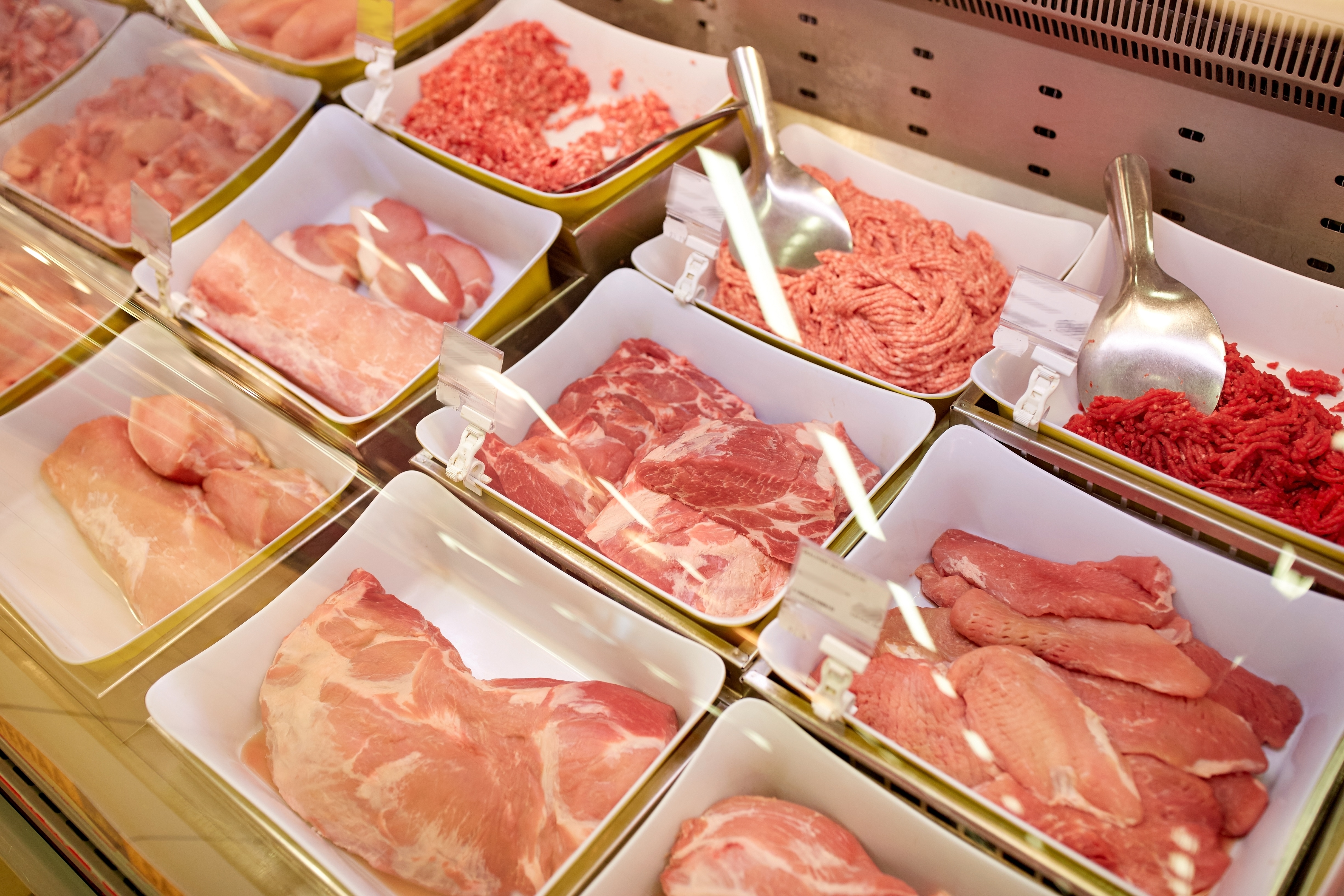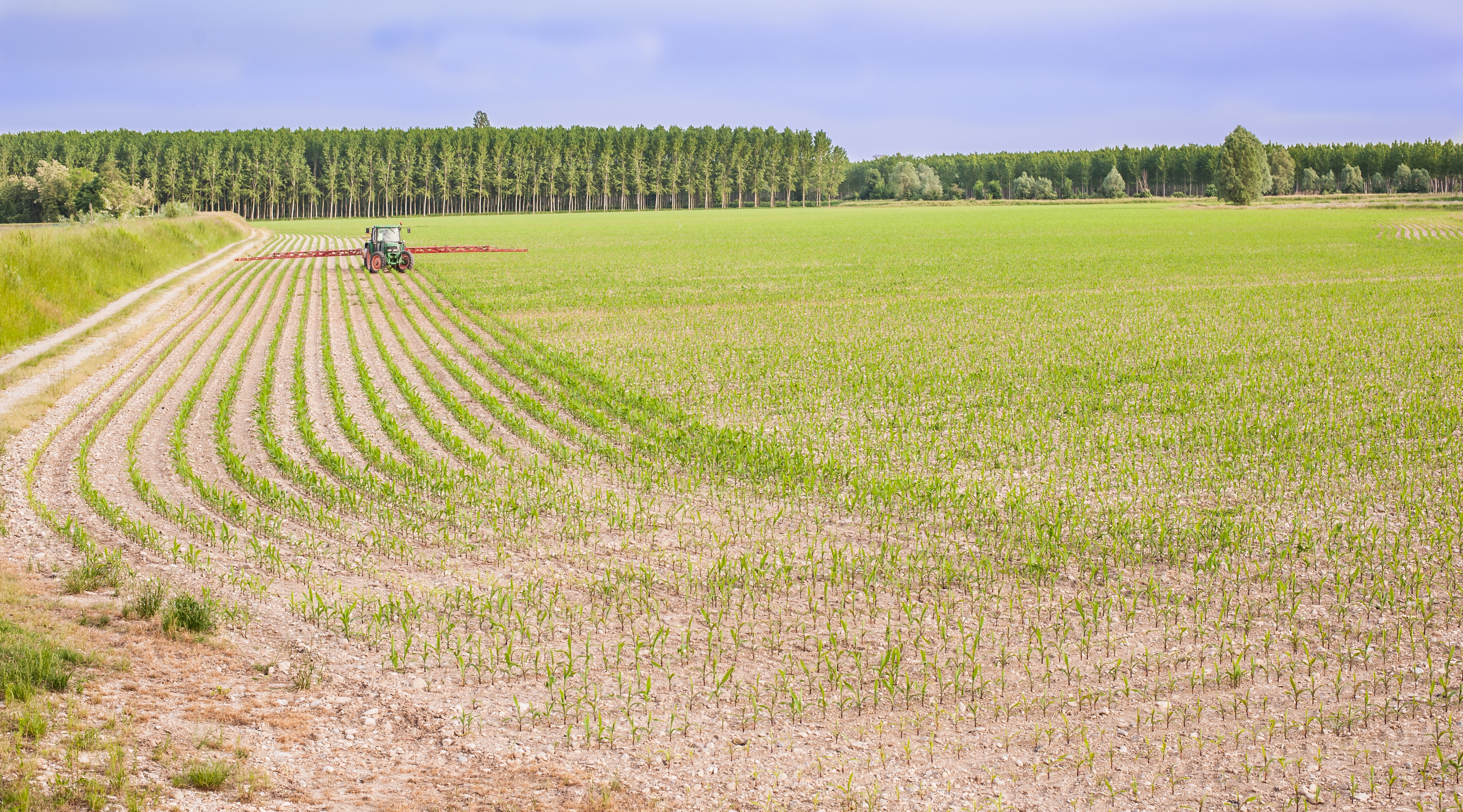
Look to Hit Singles with Old- and New-Crop Marketing
Marketing clichés are as tiresome as a drawn-out harvest season. But in almost all clichés is a nugget of wisdom that turned into an analogy that was eventually repeated enough times to make it “tiresome.” If the saying represents a concept – and a timely concept – it deserves our respect and consideration. With that in mind, let’s string a few base hits together and build a marketing plan for 2018-19 corn, soybeans and wheat.
Yes – this is about 2018-crop marketings. There is still work to do on 2017-crop sales and the concepts discussed here also apply to old-crop sales, but sometimes conditions demand a longer view. Now is one of those times.
Fighting the snowball. Carryovers are most often referred to as “the bottom line” of a marketing year. But the bottom line of one marketing year is a top-line, supply-side entry into the next marketing year as beginning stocks. In the November Supply & Demand Report from USDA, 2018-19 beginning stocks were estimated at 2.49 billion bushels for corn, 425 million bushels for soybeans and 935 million bushels for wheat. There are still nine months for supply and demand adjustments to these estimates, but only wheat is expected to see a year-to-year decline in beginning stocks.
Beginning stocks are the supply-side cushion for the new-crop marketing year. Big stocks of grains and oilseeds carried into a new-crop marketing year mean it will take a severe yield cut to support higher prices; tight stocks make markets more vulnerable to even minor yield nicks.
Let’s assume no year-to-year changes to harvested acres for the three major crops in the year-ahead. At 83.1 million harvested corn acres, the 2.49 billion bushels of beginning stocks represent nearly 30 bushels per acre. With harvested bean acres of 89.5 million, the 425 million bushels represent 4.75 bushels per acre. Wheat beginning stocks of 935 million bushels at 37.6 million harvested acres represent 24.9 bushels per acre! Beginning stocks give the 2018 corn, soybean and wheat crops a sizeable head start in meeting total demand in the 2018-19 marketing year.
Obviously, it doesn’t take “zero” beginning stocks to be price-bullish. The price outlook for 2018-19 would be much more optimistic if corn beginning stocks were a billion bushels smaller… and taking 150 million bushels off the beginning point for soybeans and 200 million bushels off for wheat would brighten the price outlook. So realistically, the 2018-19 supply-side cushions are about 12 bushels per acre for corn, about 1.7 bushels per acre on soybeans and about 5.3 bushels per acre for wheat. Threaten the markets with 2018 yield losses at those levels, and prices will work to the upside. If actual 2018 yields are that much below trendline projections, the supply-side cushion for the 2019-20 marketing year would then be “thin enough” to maintain 2018 post-harvest prices at profitable levels at least until the markets become comfortable with 2019-crop potential.
When growers string together years of trendline or better yields, beginning stocks normally build to the point that it becomes difficult to start a downtrend in stocks to support an uptrend in prices. It’s the snowball effect. Beginning stocks become so large that it requires either a big drop in harvested acres or a significant yield cut (or an unexpected spike in use) to begin to even inch stocks lower. Unfortunately, the snowball seems to be rolling down the hill for corn and soybeans.
Corn beginning stocks in 2015-16 were just over 1.7 billion bushels – which was the last time the national average on-farm cash price was above $3.50. The snowball started the 2016-17 marketing year at the top of the hill with beginning stocks nearly steady, but prices slipped to an average of $3.36 as 2017-18 beginning stocks built to nearly 2.3 billion bushels. Now, beginning stocks are projected to keep building into 2018-19 to nearly 2.5 billion bushels.
Soybean beginning stocks were extremely tight in 2014-15 at less than 100 million bushels. The snowball effect started in 2015-16 as beginning stocks doubled and leveled off at just less than 200 million bushels. It regained momentum to 301 million bushels in 2017-18 and beginning stocks are projected to roll up to 425 million bushels for 2018-19.
That’s the kind of long-range view that’s required in a market with adequate to surplus supplies. Answer this question: “What will create enough supply-side uncertainty to support prices?” The answer is thinning the supply-side cushion with production cuts or a major increase in demand.
A Single hitter’s market – Snowballing beginning stocks make it difficult for markets to sustain a rally to raise prices to consistently profitable levels, but they do not eliminate the possibility – or even likelihood – of a rally. When rallies happen in current market conditions, they will likely be hard-fought and short-lived – but there will be price bumps. And those price bumps – if you’re prepared – will provide an opportunity to “hit singles” on old- and new-crop marketings. Small profits booked when available on relatively small percentages of bushels in the bin and bushels you expect to produce in 2018. It means using several marketing events throughout the risk-management period, rather than a few large sales at clearly profitable levels. Hitting singles instead of home runs.
Set price targets at your cash-market hubs that will automatically trigger sales when those targets are hit and have the discipline to allow those targets to be hit. That’s the most efficient way to grab pricing opportunities that will likely be available for just short periods of time. And layer sales targets above your first target that will sell into price strength while building returns. The final step is to have a have a trailing target under the market that will increase sales before prices fall back below break-even levels. Each target should sell between 5% and 10% of what’s in the bin or what you expect to produce in the year ahead. It’s a disciplined approach that will get your grain sold. And, of course, you must be flexible with your price targets. A big Brazilian corn and soybean crop again this year could mean a risk-management plan to limit losses, rather than to capture profitable moments throughout the year.
If yield risks develop or usage outpaces expectations and price gains build momentum, cover the opportunity risk with either a long call option or long futures position to reopen upside price potential.



